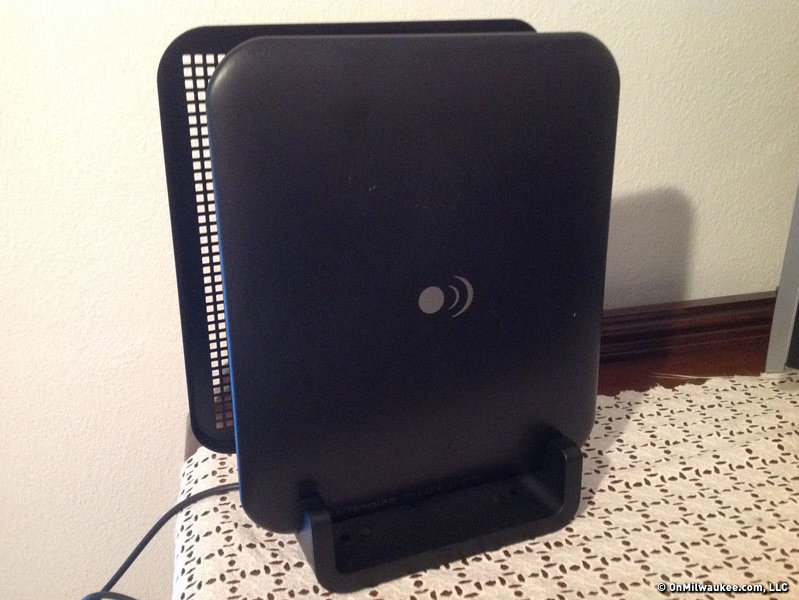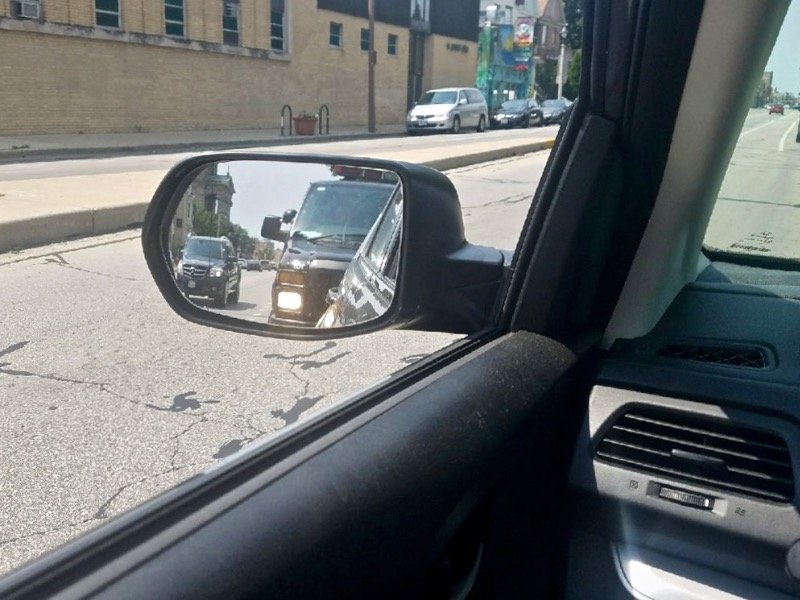There comes a time where frustration reaches the boiling point, and we are compelled to make a change. In the flux of economic stability, and household necessity, tough decisions need to be made.
As technology emerges, our entertainment offerings change. We are spending part of our overall monthly budget on items now that didn’t exist even 10 years ago. Internet access, cell phone plans and streaming video on demand … they were only in their infancy.
Now, we can take a tablet and watch a digital copy of our favorite film as we travel by air to another part of the world. We can sit at home and build a squad of fighters with other gamers and take on an alien invasion. We can let the big-screen television work as a virtual baby sitter with a 24-hour cartoon network, and distract the kids long enough to prepare dinner and clean the kitchen.
In all of this we forget those who do struggle, who have to make tough decisions to make the monthly budget work. We often don’t think about those who lose a job, or who face health ailments or old age that have to struggle to pay the rent, or the utility bills, let alone the cost of a computer and cell phone with monthly service costs.
While I cover all aspects of traditional and digital media, I encounter people from across the economic spectrum and I do my best to explore alternatives and educate others on ways to get information needed to keep on with our daily lives.
The newspaper will always be a low-cost option for information as long as companies find enough advertisers to make running the presses worth it.
An old radio can be used too, but in today’s age, the number of stations offering real news coverage is less than it used to be decades ago. Kudos go out to the ones that still do news and information, connecting older generations to the greater community.
For television, it is a little more convoluted. There is a misnomer that the only way to get local broadcasts is through cable or some sort of other satellite service. That is simply not the case.
For entertainment options, services like Netflix can deliver TV series through various venues like an internet connection, a gaming device or through the mail on DVDs.
For local news, a rooftop antenna or smaller antenna hooked up to a digital-ready television will work too. And, with an antenna, it is free.
For those who live about 50 miles away from the broadcasting towers, an antenna like the ClearStream 2 from Antennas Direct would work pretty well. I reviewed the indoor and outdoor model in December. The beautiful part of the ClearStream 2 was the clear picture available from over-the-air signals and the ease of set up.
For those people who live closer to the broadcast tower, in the city, a smaller indoor antenna will work just fine. Besides the old bunny ears or hoop models, Antennas Direct offers a smaller, very cost effective model that will bring in as good as, or even better, picture that a cable service can.
A one-time cost for the antenna is far more affordable than the smallest monthly packages from a cable provider.
The Micron series of antennas from Antennas Direct is literally the size of an iPad or small tablet. It is meant to be installed in a vertical position indoors near the television set. That way, it doesn’t take up too much room. The ClearStream Micron Indoor Antennas come in three models and range in price from $30 to $80. The regular Micron is meant for use about 25 miles away from the transmitting towers, while the Micron with an amplifier will get about 25 to 30 miles.
I’m working with the Micron-R, which is installed with a reflector next to the main unit. It is good for locations 35 miles or a little more away from the broadcast towers.
If you have an HDTV, the Micron will bring in those signals as well. I’m working with an older flat-screen TV that isn’t digital ready, so I’m going to have to use a digital transformer box for the TV to handle the digital signal.
The set up was easy and literally accomplished in less than 10 minutes.
Antennas Direct president and CEO Richard Schneider told me of a time where his company worked with a local TV station to do a free antenna give away. He said that the people he met had tears in their eyes. The people were waiting in their cars for hours and the line went blocks away. The community thought that the cable and satellite providers were the only options for TV in their communities. When they were told there was another way, that a monthly expense could go away, their lives were changed.
I believe that there is a place for cable, satellite and other providers. The companies that offer these services are great community partners, and they create and deliver original programming and provide much-needed jobs in the area. But the truth is not everyone can afford it.
I’m a big believer in making an impact on the community. And if this one column can inform someone to make a change to better their household, then it makes all of this worthwhile.
Media is bombarding us everywhere.
Instead of sheltering his brain from the onslaught, Steve embraces the news stories, entertainment, billboards, blogs, talk shows and everything in between.
The former writer, editor and producer in TV, radio, Web and newspapers, will be talking about what media does in our community and how it shapes who we are and what we do.







